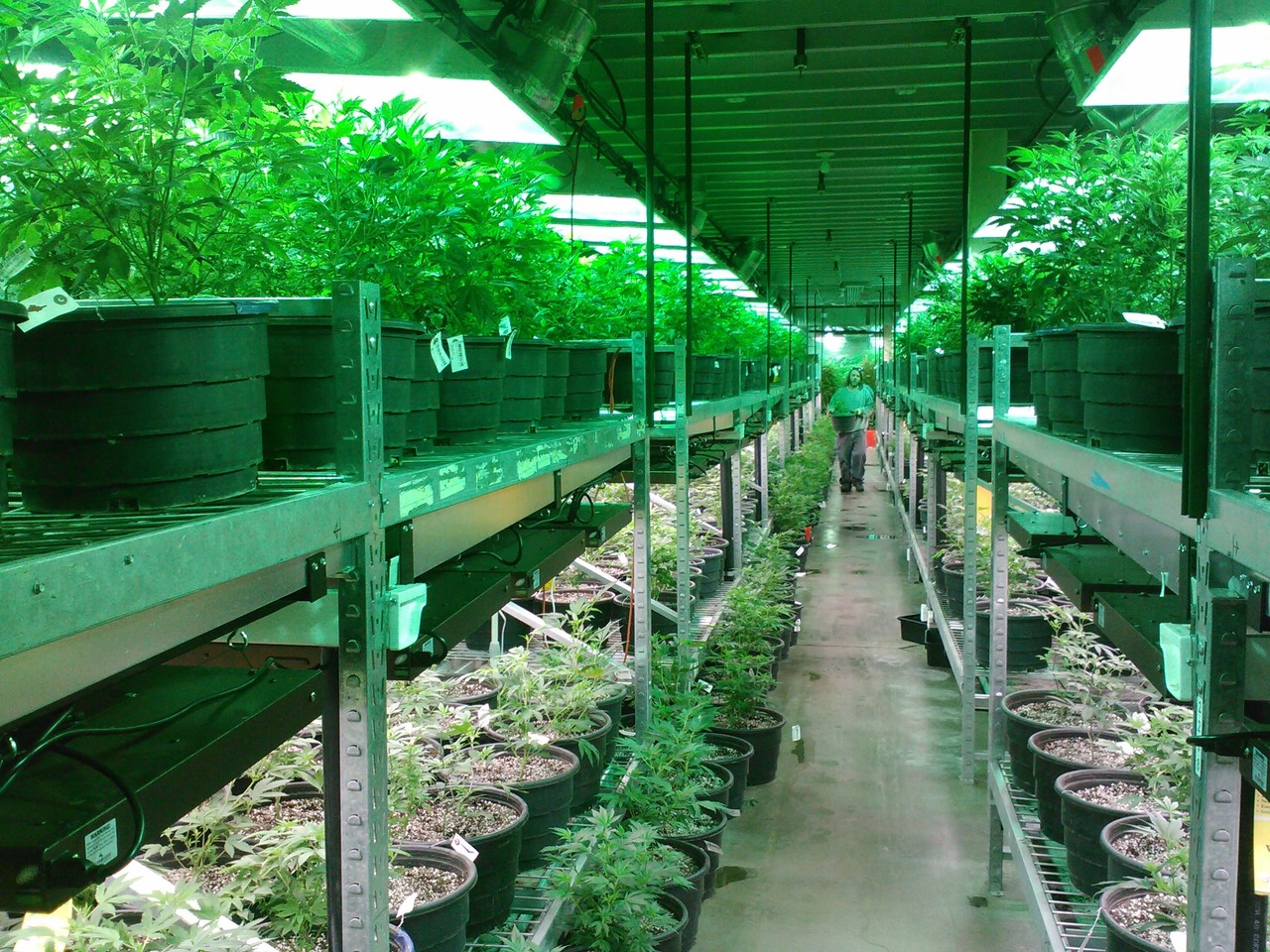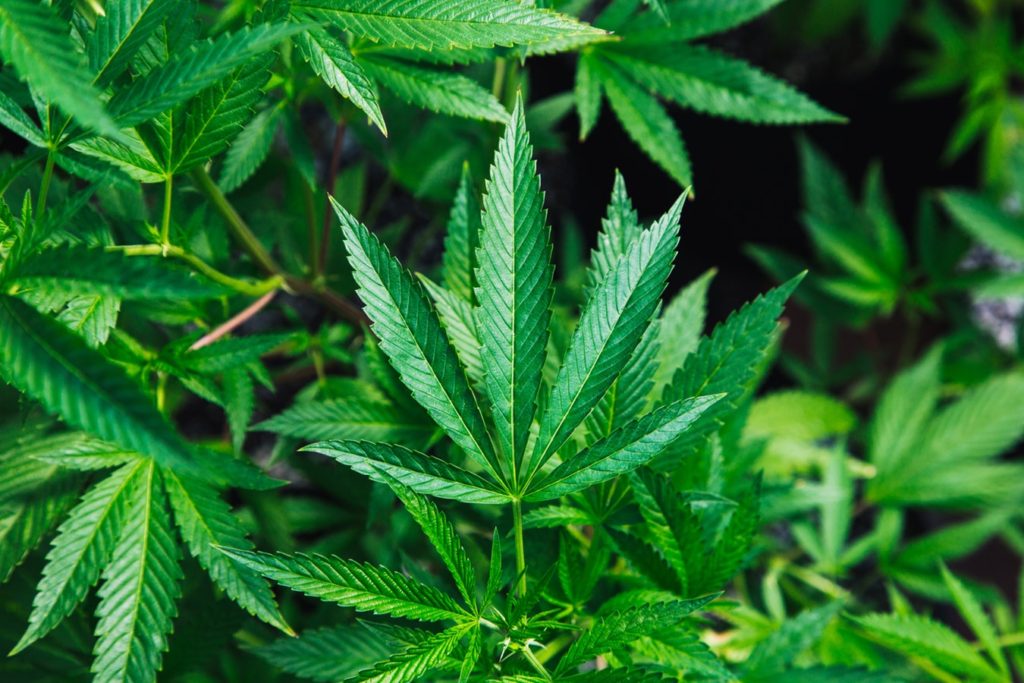Public Policy and Cannabis in Quebec: An Interview with INSPQ Scientific Advisor François Gagnon

Editors Note: This article is part of a feature series covering cannabis legalization legislation in Canada. To read our coverage on supply deficiencies in distribution, click here. To learn more about the cannabis industry and its dynamics with race and sex, click here. To view his presentation on marijuana legislation and health outcomes, click this link.
With marijuana legalization becoming a reality, questions on regulation and health outcomes are the major subjects of debate in Canada. Quebec, which has one of the lowest usage of cannabis throughout Canada, is approaching its deadline for its framework on cannabis legalization. What are the government-run cannabis stores going to look like, and how will law enforcement regulate its usage? MIR sat down with Institut national de santé publique du Québec (INSPQ) Scientific Advisor François Gagnon to learn more about policies moving forward.
 Alec Regino: What is the current state of marijuana consumption in Montreal and wider Quebec? What do people usually use marijuana for?
Alec Regino: What is the current state of marijuana consumption in Montreal and wider Quebec? What do people usually use marijuana for?
François Gagnon: We know very little about the level of consumption. We know we have a few indicators, but they’re very rough indicators. For example, for the level of consumption in Quebec we have data on last year consumption and maybe last month consumption. But other than that we don’t know how much people consume on every occasion or the volumes of cannabis that’s consumed. We know that people consume in a variety of ways in a variety of situations. There are some people that use cannabis for medicinal purposes with a medical document and they order their medication from authorized producers from Health Canada. But other people use that in social settings at clubs, in parties and that’s more for social purposes or recreational purposes.
AR: So regarding the push for legislation and the legalization of marijuana now, does the INSPQ support the legalization even for non-medicinal purposes?
FG: Actually we were not really asked if we agreed or not, the question that was put before us was “the federal government is going to legalize, how should we do it?” That was kind of the way we went about it because this is a federal decision to legalize — there was not much push in Quebec for legalization and the INSPQ has not been one of these advocates for legalization. There are many reasons for that, if you look at public opinion in Quebec is really weary generally of legalization and cannabis is seen as a harmful drug, rightly or wrongly. It’s kind of more reserved around the issue of the use of cannabis and consumption of cannabis generally.
We have taken steps to decriminalize cannabis consumption in Quebec for a number of years. The old rhetoric around the war on drugs and on cannabis in Quebec has never really been there for the last 10, 15 years. Its been very low rates of arrest. And certainly some people have been prosecuted and arrested for cannabis possession but if you look at statistics of arrest or incarceration in Quebec, they’re very low compared to the US. The rates of incarceration in the US or 666 per 100,000 people. In Quebec it’s 76 per 100,000 people. So it’s close to a tenfold difference.
AR: In the last two years you’ve been working on marijuana legalization legislation at the INSPQ. Will there be any profound differences in the way marijuana is distributed in Quebec at all? Or will the status quo be more or less be the same from midsummer onwards?
FG: For the medical field, it’s going to remain the same because it’s now through licensed producers directly to consumers or to users. This should be remaining the same for a number of years, though we’ve recommended that we look at the possibility of distributing cannabis for medical purposes in pharmacies. But for the non-medical users there’s going to be a lot more change. We don’t know the speed of change, but it will start maybe next July, August, or September, depending on the law schedule of the federal government. There’s going to be an introduction of stores in Quebec. They’re going to be controlled by what we call the Société québécoise du cannabis. This is a public institution that’s going to be both the sole buyer of cannabis in Quebec, and it’s also, at least in the first moments of legalization, the first distributor in terms of retail. So the places where people can legally buy their cannabis is going to be government-run stores. There should be 20 stores in Quebec at first with a mail-in order option through internet platforms. Société québécoise du cannabis is going to have this platform too, where you can buy cannabis and receive it at your place provided you’re 18 or over. The picture should change quite a bit. You see that by choosing to just put in 20 stores for the all of Quebec. There doesn’t seem to be rushed to kill the black market from the get-go. But there are public statements by the head of the SAQ that says it could be 300 stores at some point in time.

AR: Will legal suppliers be brought into the fold once marijuana becomes legal or will we receive further crackdowns on illegal distribution of marijuana?
FG: There are not that many illegal suppliers in Quebec with stores. I think there are two dispensaries in Montreal and one just opened in Quebec city. All the others have been closed through the years. We’re in a very different situation than Toronto or Vancouver or even Victoria is where there are many hundreds of dispensaries. So this question is not really one in Quebec. I don’t know the intentions of the police or of the governmental authorities regarding the existing dispensaries in Montreal or the one in Quebec.
Maybe they’re going to keep on doing their business as they had been doing for a few years, at least for the one in Montreal. But for the other suppliers like street dealers where you could call them on the phone and they come and delivered to your place — they are probably going to be a remaining large part of social sharing. If you look at the experiences in Colorado, Washington, etc… some people are going to want to remain with their old supplier, and sometimes they become friends through the years. So there’s an element of trust there that is set up. It’s difficult to say or anticipate completely how this is going to play out. There are provisions in Health 57, which is the Quebec law for cannabis legalization, for some pilot projects, but I don’t want to presume what the governmental authorities are going to do at first. There’s a sense that the pilot projects and announced in the law might not be running on the first day of legalization. There needs to be a setup process in which the pilot project would be approved and to my knowledge that’s not been done. There are other things to take care of before going to this.
AR: We have legislation and rules on whether or not individuals are allowed to drive under the influence of alcohol. What would be the proposed regulations for people driving under the influence of marijuana and how would you be able to test for someone’s usage of it while driving?
FG: A not-for-profit orientation is really a general strategy to have the least possible augmentation of the level of consumption and we believe that if we do that, we can achieve interesting health outcomes in psychosis, in road trauma and all these things. If our belief in a not-for-profit system is well founded, we should not see significant augmentations of people driving with THC in their blood or even significant augmentation of people suffering from psychosis because of more consumption of cannabis. We work at the population level, and at this level we believe that if the patterns remain the same we should not have that much difference in all these other outcomes.
That being said there is a lot of pressure to find what I would call a “techno-fix” to the problem of people driving under the influence of cannabis. Presently, it is tools that are proposed or foreseen [that] are posing a problem. First of all, they could be used in a very straightforward way in determining how much cannabis you have in your mouth or saliva or in your blood. That would not necessarily mean that you have used yourself because you could be in the room or you could be in the car where people smoke cannabis and you would find yourself with detectable levels of THC, and this has been shown in experimental studies. So somebody testing you for cannabis with saliva could find THC in your saliva but that would not mean that you have consumed yourself. You could have been exposed to somebody smoking or it could be even a kiss, through exchanging body fluids with THC in you.
It’s a very strange road to go down to if you’re going to use a tool and apply straightforward sanctions on people for something that they haven’t done. That’s a very questionable way to go about it. The other issues tied to that is that we have two different course of action in front of us. One which is determined by the federal law C46 that has been proposed and in this law there are two different levels of THC detection that would trigger sanctions. The first being two milligrams and the second one is 5 milligrams. The thing is that on a population level, we know that these levels or close to these levels are changing the behavior in statistical terms, but when it comes down to individual behavior it’s proven highly variable. To apply sanctions on population-based statistics given this variation is very problematic because somebody’s having two milligrams in their blood would be really able to drive and somebody else would really be unable to drive and to apply the sanction at this precise point at that point in time given the knowledge that we got would be a kind of arbitrary.

The second course of action is that the Quebec government has proposed also sanctioned for a zero-tolerance policy as they’ve termed it. Basically anybody caught with THC in their saliva or blood would be subject to sanctions. On top of this problem of variation in terms of individual conduct, it brings into question the previous thing I was saying – we could really detect you with one milligram in your blood or in your saliva and all you would’ve done is sitting in a car or standing in a room with people smoking around you, and you will be sanctioned for using cannabis before driving, but this is not related to your consumption and maybe not even to your capacity to drive a car.
One thing that we’ve begun say lately is that in the last decades the Canadian road safety measures that have been put in place have been very effective. We’ve reduced the number of people dying and being subjected to road trauma in Canada and certainly also in Quebec. The sanctioning of people driving under the influence of alcohol has proven to be effective in this reduction. But it needs to be put into perspective that there are other interventions that are much more effective that work passively, that work 24 hours a day and these are measures of road design. For example, just using roundabouts will work for somebody driving under the influence of alcohol, it will work for somebody driving under the influence of cannabis; somebody driving too fast will have to slow down. It reduces the number of point of conflicts and it reduces the severity and the speed of collisions. And this has been proven as very effective in reducing road trauma generally and maybe road design practices and policies are our best way to protect ourselves against not only alcohol and cannabis, but generally in terms of navigating the road system maybe these are the strategies that we should pursue more than trying to find a way and put our resources into finding a way through difficult situations. I’m not saying that we should not try to do these things. But if you have limited resources, maybe you would at that point in time, it would be better directed to other types of intervention than just trying to figure out at what point we [should] sanction individuals for using cannabis.
Edited by David Boot
